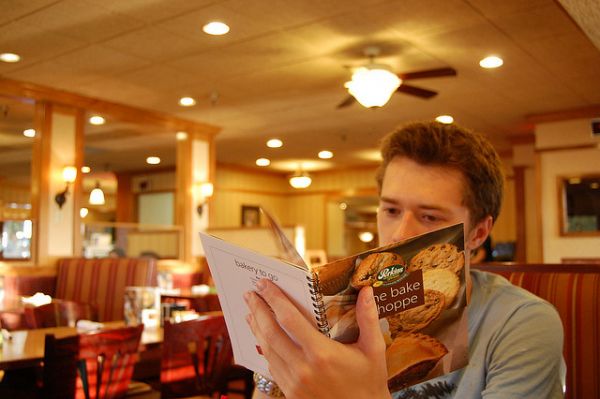
7. They use expensive items to draw you to the cheaper items. According to Rapp, restaurants use extremely expensive foods as decoys. "You probably won't buy it, but you'll find something a little cheaper and it'll look more reasonable," he says.That one reminds me of a barbecue place that offers three sizes of standard meals: the “all-you-can-eat,” which is expensive and you can’t take the leftovers home; the dinner size, which is more than I can eat, but you can box it up if you want; and the least expensive luncheon size, which fills me up. I am always surprised by how many people think the all-you-can-eat is the best bargain, which goes against the above research, but it works for that restaurant.
According to William Poundstone, author of "Priceless: The Myth of Fair Value (and How to Take Advantage of It)," in a New York Magazine interview, "The main role of that $115 platter — the only three-digit thing on the menu — is to make everything else near it look like a relative bargain."
8. They offer foods in two portion sizes. This strategy is called bracketing. The customer has no idea how much smaller the small portion is, so they assume it's the best value price because it costs less. What they don't realize is that the restaurant wanted to sell the smaller portion at the lower price all along, and simply used the bigger portion with the higher price as comparison.
Read the rest of the list of psychological tricks at Business Insider.

No comments:
Post a Comment